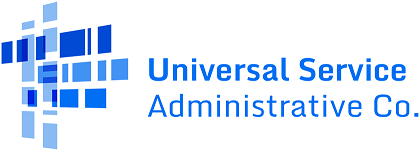Common Transactions in NLAD
Important News: On January 11, the FCC released an Order announcing the wind-down requirements of the Affordable Connectivity Program, due to a lack of additional funding from Congress. On March 4, the FCC provided further information in a Public Notice that announced the last fully funded month of the program was April 2024. Providers currently participating in the ACP are strongly encouraged to visit the FCC’s website and review the FCC’s ACP Wind-Down Order and Public Notices, which set out wind-down requirements regarding the specific and frequent notices to enrolled ACP households about the end of the program.
Note: Subscribers should not be de-enrolled from NLAD unless required by program rules.
Transfer Consumers in NLAD
To learn more about transferring ACP consumers visit our Transfer Consumers in NLAD page.
Perform Transactions Using a National Verifier Application ID
ACP service providers can perform verify and transfer transactions using a consumer’s National Verifier application ID, full name, and date of birth.
Service providers can access this functionality by uploading the NLAD batch upload template through the NLAD batch upload process.
